Why I welcome a conservation plan for the Great Sand Hills
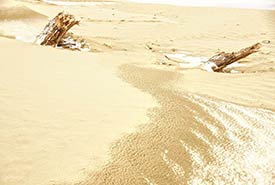
A tree sunken into the sand and snow at the Great Sand Hills, SK (Photo by Bill Armstrong)
Fifteen years ago, I signed up for a photography workshop at Saskatchewan’s Great Sand Hills, a place I’d heard about from other photographers but had never visited. I remember the first morning of the workshop, watching the rising sun...
The effects of single-use plastic on the environment
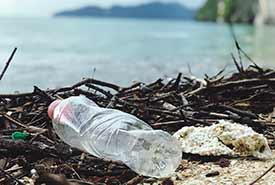
Discarded pastic bottle by the beach (Photo by Catherine Sheila,Pexels)
Did you know that an estimated 3.3 million tonnes per year of plastic waste is produced in Canada, but only nine per cent is returned for recycling? You might be surprised, but billions of items of plastic waste are entering our lands, oceans and...
The magic of seaweed
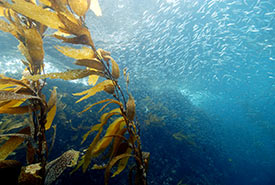
Kelp forest (Photo by Robert Schwemmer/NOAA via Wikimedia Commons)
Along the Pacific Northwest, there are over 640 different species of seaweed. They come in many different shapes and sizes. However, they’re commonly grouped into three colours: brown, green and red. While these different species of seaweeds...
Lessons in winter wildlife photography
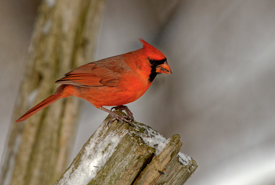
Male cardinal (Photo by Lorne)
Distant memories of my first film camera come to mind when I think about photography. Its silver colour and round dials looked impressive, everything was manual, all decisions were mine and feedback was non-existent, until the film was processed....
Bluebirds of frustration and happiness
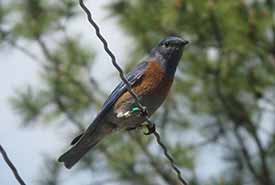
A male western bluebird perches on a fence in southern British Columbia. Note the coloured leg bands, which allow observers to identify the bird. (Photo by Catherine Dale)
I have a complicated relationship with western bluebirds. I know that sounds strange, because who doesn’t like bluebirds? Their vivid plumage and soft calls are acclaimed as harbingers of spring and symbols of happiness. As Henry David...
Heard it from a Scout: Leaving only footprints in nature
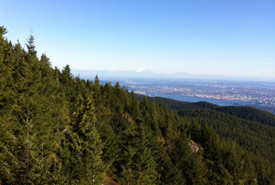
View from the top of Eagle Bluffs, BC. (Photo by Emilie Diver)
The view was incredible and the challenge of the hike up to the Eagle Bluffs in North Vancouver made it even more worthwhile. Ruby, my yellow lab, was happily sitting and begging for food from me and my Scout troop. Her behaviour was in stark...
Love is in the air, and in the waters too
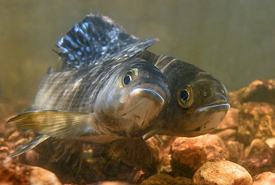
Mating arctic grayling (Photo by Charles Summers Jr.)
Did you know the amorous aura of Canada’s most romantic cities can be detected in nearby bodies of water? From coast to coast, and the rivers and lakes in between, there is no shortage of passion…among fishes. Coastal...
Bird diversity is linked to human happiness
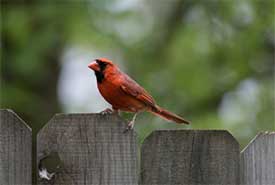
Cardinal on the fence (Photo by Nathan Anderson from Unsplash)
How to protect avian biodiversity and our well-being Are the early morning songs of black-capped chickadees a welcome sound? Does watching a flurry of happy finches and jays feasting on berries bring you joy? If you answered yes, then it may...
What is a legacy?
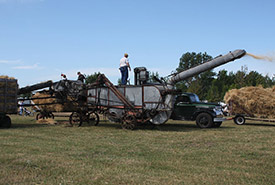
Threshing machine, a modern version of one that was used on the family farm back in the day (Photo by Ben Franske)
It wasn’t until I became a grandparent that I started pondering the question, “What is my legacy?” Separating the wheat from the chaff took a great deal of time and thought. It was while reviewing my past experiences that led me...
How collaboration kept an invasive beetle at bay
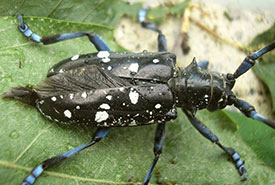
Asian longhorned beetle with wing exposed under elytron (wing casing) (Photo by Pudding4brains, Wikimedia Commons)
What is black with white spots and shiny all over? It’s the invasive Asian longhorned beetle (ALB)! This beetle is well known for its striking appearance, piercing eyes and antennae that extend beyond the rear of its body. It has no natural...

